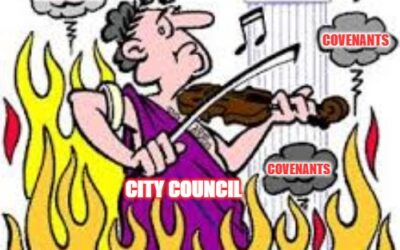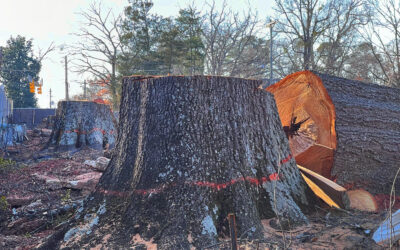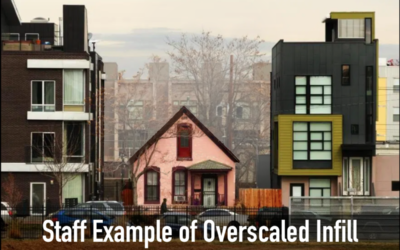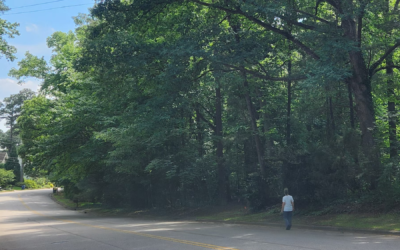Raleigh builder is suing a whole neighborhood to have their restrictive covenants removed to enable him to build a development of 12 townhomes on two lots that are/were two single-family homes. District C Councilor Corey Branch, who represents the neighborhood, promised to do everything in his power to fix this. Branch has done nothing.
The City of Lost Oaks
As everyone knows, you can’t have walkability without shade tree coverage. Trees are the core of environmental relief and make simple things like waiting for a bus or strolling down a sidewalk pathway more comfortable. However, in Raleigh, there are many factors that contribute to tree loss and prohibit the return of medium and large tree replacements.
WE WON!!! Wake County Superior Court Judge Rules against City of Raleigh
Wake County Superior Court judge, in a memorandum decision, indicated the City of Raleigh Board of Adjustment (“BOA”) erred last summer when it approved the City staff’s approval of the application to build a Missing Middle compact subdivision comprised of 17 townhomes at 908 Williamson Drive.
July 2 City Council Meeting
Highlights from July 2 Council meeting and public comments
Measuring Community Character
Weighing the impacts of growth on community character is not subjective. Instead, it is a key function of planning practice.
June 18 City Council Meetings
Highlights from June 18 Council work session and afternoon session
The Way Forward
The public is losing faith in government. It’s time to step out from under administrative control and voice your independence. Listen to your electorate and be more reflective of public input.
June 11 City Council Afternoon Session and Public Comments
Highlights from Work Session on Downtown and from Public Comments
Missing Middle, If it Matters, it Should Get Measured
As part of our preparation for the upcoming City Council elections, we have been having conversations with City Council Candidates. One of the biggest issues facing Raleigh right now is the public’s desire to have reforms made to Raleigh’s Missing Middle policies that were implemented in 2021 and 2022. We have listed several previously published blogs related to Missing Middle for your review that explain our position about the Missing Middle policies.
Are 1800 Sq Ft homes “Cottages?”
We must all be aware of possible changes coming to our neighborhoods in time to weigh in. But since the developer is only required to notify the immediate neighbors, not the neighborhood, those living right next to a piece of land may be the only residents even aware (if they are) of a project being planned. Thus, any objections are likely to come only from those who know about and are affected by the project. How is anyone else supposed to find out about it? Those who DO know must spread the word so neighborhoods can more effectively object, if necessary.









